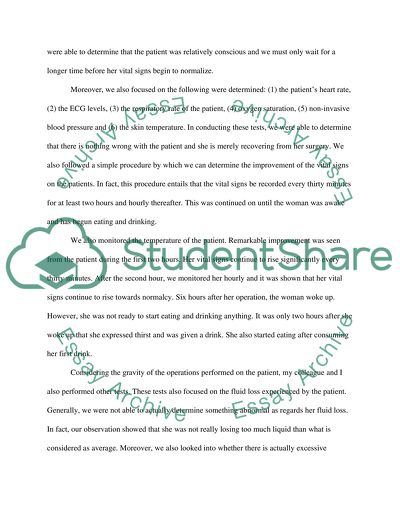Cite this document
(“Gibbs Cycle of Reflection Essay Example | Topics and Well Written Essays - 2250 words”, n.d.)
Retrieved de https://studentshare.org/nursing/1390227-gibbs-cycle-of-reflection
Retrieved de https://studentshare.org/nursing/1390227-gibbs-cycle-of-reflection
(Gibbs Cycle of Reflection Essay Example | Topics and Well Written Essays - 2250 Words)
https://studentshare.org/nursing/1390227-gibbs-cycle-of-reflection.
https://studentshare.org/nursing/1390227-gibbs-cycle-of-reflection.
“Gibbs Cycle of Reflection Essay Example | Topics and Well Written Essays - 2250 Words”, n.d. https://studentshare.org/nursing/1390227-gibbs-cycle-of-reflection.


